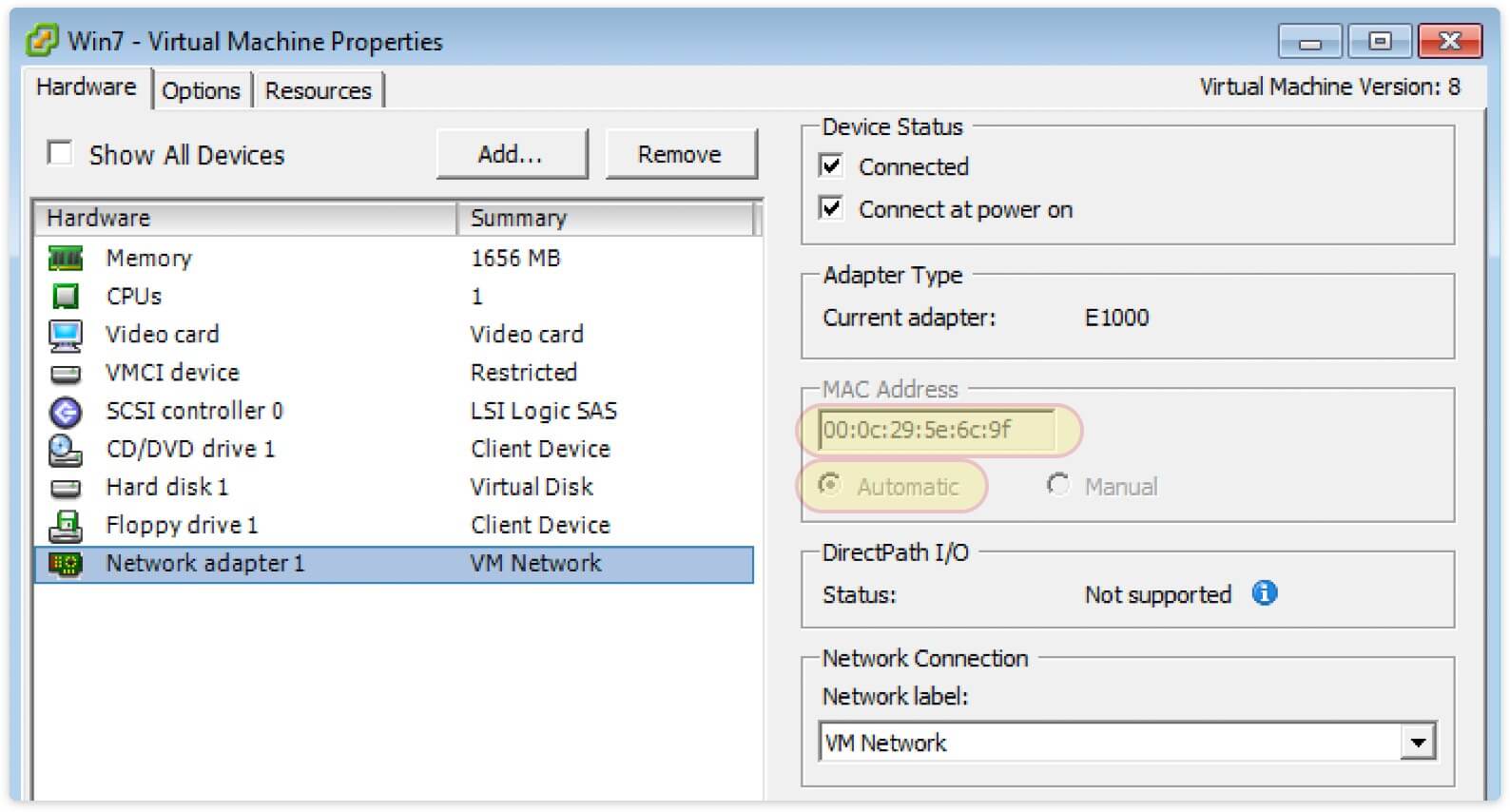

Connectivity issues between Citrix XenDesktop DDC.Active Directory domain authentication missing in.Lync 2013 client’s conversations list displays an.Setting the “Microsoft Exchange server” autodiscov.Slow / jerky / lag scroll performance with Excel 2.Connecting to Citrix XenDesktop 5.6 virtual deskto.Citrix XenApp and XenDesktop Pass-Through Authenti.Removing and adding a renamed desktop into a Citri.Connecting to VMware View 5.1.2 desktop via PCoIP.Note that the name of the VM is the value for Parent. The way around this is to use the Format-List (or FL for the short form) cmdlet to list all of the properties for the VM including the name as shown here: Unfortunately as shown in the screenshot above, this cmdlet gives me all of the network details of the offending VM but not the name of it. Get-VM -Location “XenDesktop VDI Master Images” | Get-NetworkAdapter I’m not much of an expert with PowerShell cmdlets since I don’t really use them on a daily basis so I dug up one of my old posts:īulk changing port group settings for virtual machines in vSphere 5 with vSphere PowerCLI Great, it’s a VMware device and I have over hundreds of VMs hosted.Īs there isn’t a way to list VMs or search via MAC addresses in the vSphere Client, I had to resort to using PowerShell. So the good news is that I have the MAC address of the conflicting device: 00-50-56-91-33-B4 but the bad news is that when I look this MAC address on a MAC finder site such as: I recently had to troubleshoot an issue within a Citrix XenDesktop environment hosted on VMware vSphere 5.1 where one of the DDC (Desktop Delivery Controllers) appeared to have an IP conflict with another VM:


 0 kommentar(er)
0 kommentar(er)
